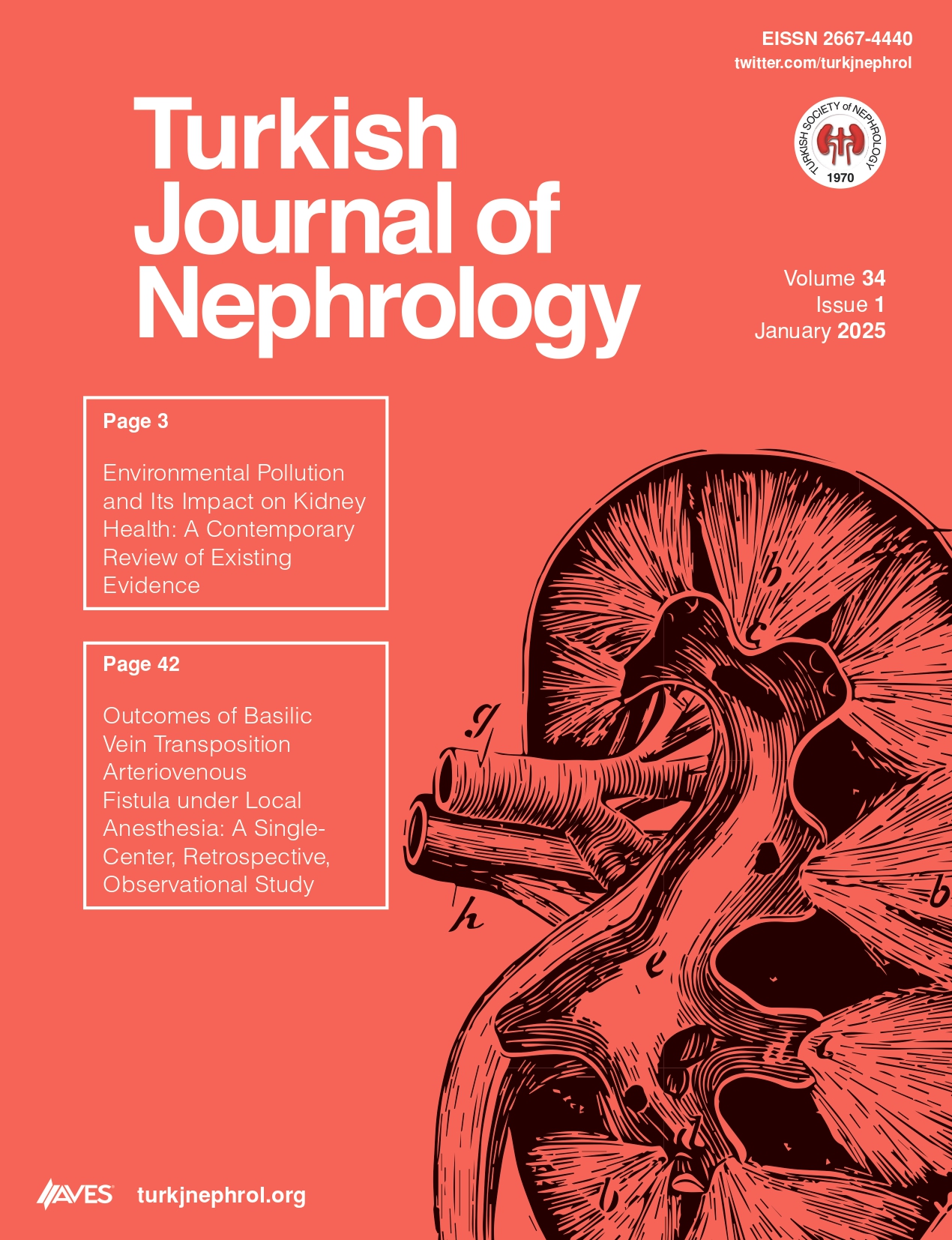Objective: Bioimpedance spectroscopy (BIS) can be used to determine hypervolemia and malnutrition in chronic hemodialysis (HD) patients. In this prospective observational study, we investigated the survival predictability of impedance ratio (IR) calculated by BIS in HD patients (Clinical Trials Gov Identifier: NCT01468363).
Materials and Methods: A total of 430 chronic HD patients, out of 500 prevalent chronic HD patients from the city of Zonguldak who met the inclusion criteria, were included in the study. With a mean follow-up of 32.2±14.4 months, BIS was performed in all patients. The IR percentage (IR%) was calculated by dividing the resistance values using the 200 kHz and 5 kHz impulses. Student’s t-test, Cox regression analysis, and Kaplan–Meier survival analysis were performed, and a p<0.05 was accepted as statistically significant.
Results: The mean age of 430 patients was 59±15 (10-92) years, and 54% of patients were male. By the end of the study, 125 (29%) patients died. Diabetes mellitus was observed in 46% of patients. Sixty-seven percent of patients used erythropoietin, and 41% used diuretics. The mean systolic blood pressure of patients before the dyalisis was 133±26 mmHg, and diastolic blood pressure was 79±12 mmHg. The IR values ranged between 73.2% and 94.1%. A multi-regression analysis that used the IR and included diabetes mellitus, age, gender, and albumin and hemoglobin levels showed that the mortality risk increased 16% (p<0.001). Evaluation using the quartiles showed decreased survival. Survival in the first quartile group was 42.8 months compared to 30.6 months in the last quartile group.
Conclusion: The IR calculated using BIS data is a useful tool that can be employed to predict the survival in chronic HD patients. An early awareness of this increased mortality risk is important in terms of a close follow-up and appropriate treatment of these patients.

.png)

.png)

.png)
